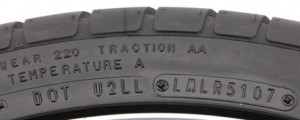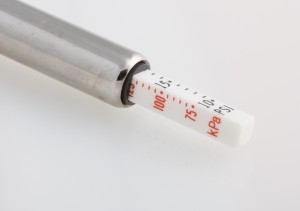When parents prepare their teens for driving and the driver’s test, what sort of things are covered? Well, things like maneuvering the vehicle, reading street signs and lane markings, and preparing for both the written exam and the driver’s exam. Although those things are certainly important, they certainly don’t make up the whole picture when it comes to driving.
Something that’s often missed is car maintenance. This is something that really ought to be covered, especially if parents plan to purchase a separate vehicle for their teens (actually, this might be a good idea even if you plan to share your vehicles with your newly licensed children). After all, what’s the point of the license if you don’t have a well-maintained vehicle to drive? Wouldn’t it be a good idea for your teen to know what to do in case an emergency happens, like if a tire goes flat or the oil starts to leak?
When educating your teen on car maintenance, a good place to start is with the tires. A car can’t go anywhere unless the tires are properly maintained, and it’s better for you and your teens to know when they need to be maintained instead of waiting for a flat or blowout to happen. Make sure to educate your teen about proper tire pressure and on how to fill up a tire if it’s below pressure. If the car your teen will be driving has a spare, make sure to let them know that it’s there, and that it needs to be checked for proper tire pressure as well. Having proper tire pressure will improve fuel efficiency, which will be a good thing to keep in mind. Filling up the tank can burn a hole in the wallet of a teen. If unsure about your teen keeping up with filling the tires, then utilize nitrogen tire inflation to keep the tires properly inflated for a longer period of time.
Next, show them underneath the hood. You don’t need to have the mind of a mechanic, or expect your teen to have one, but your teen should at least know his or her way around. Point out the basics, such as the battery, the engine, the alternator, the transmission, and the radiator. If you know how, show them how to jump start or to change the battery. Also, show them how to replace or to refill the necessary liquids, such as the oil, the coolant, and the washer fluid.
Finally, educate your teen about the emergency kit and the insurance, in case they are pulled over or something happens at night. The emergency kit should include flares, a blanket, and emergency triangles. An emergency kit can easily be purchased at a car parts or auto repair shop. As for the insurance and registration, show them where those are located in the vehicle and what to do to keep those up-to-date. In case your teen gets pulled over, or gets in a minor accident, having the insurance and registration on hand will make things easier for everyone.
Of course, all that good information won’t be able to apply until the teen gets his or her driver’s license. One way to prepare is through some free DMV practice tests. Another way to get out on the road, practicing on both the highway and in busy intersections. Overall, learning to drive a car also needs to come with learning how to maintain it, and learning what to if a breakdown or an emergency arises.










